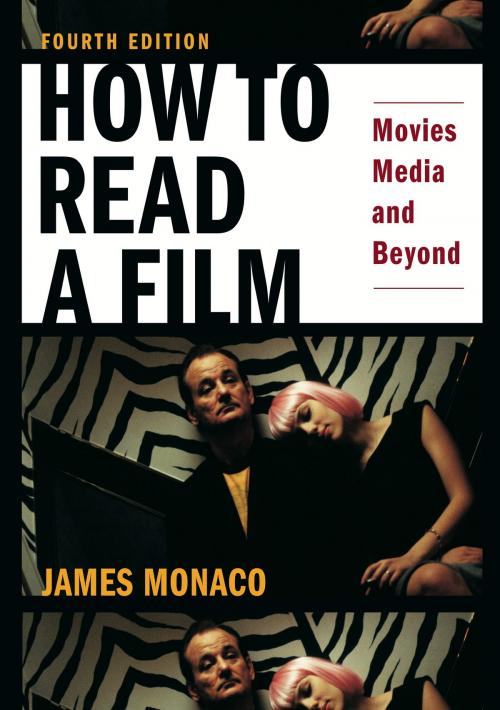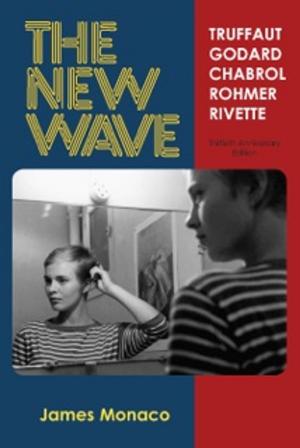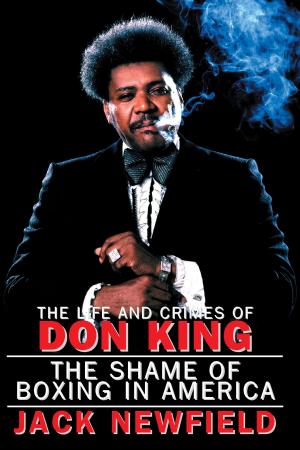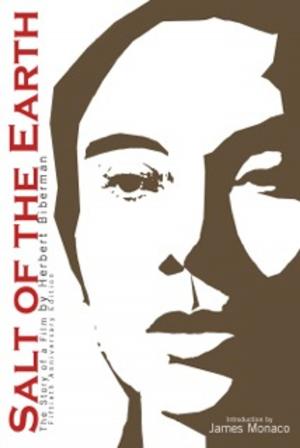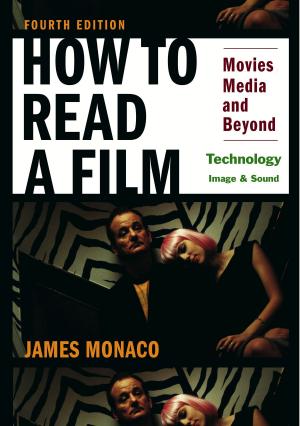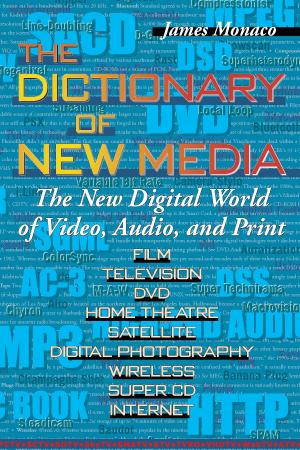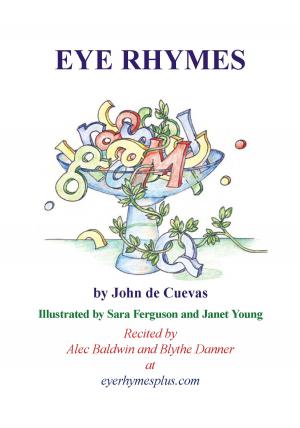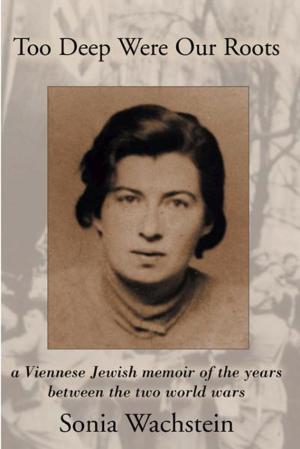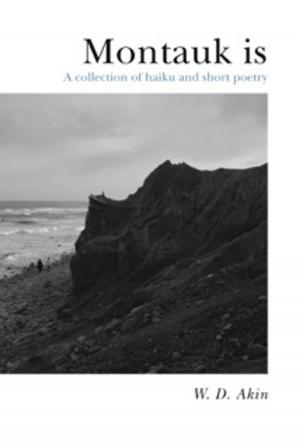How To Read a Film
Movies, Media, and Beyond
Nonfiction, Entertainment, Performing Arts, Television, Film| Author: | James Monaco | ISBN: | 9780199755790 |
| Publisher: | Harbor Electronic Publishing | Publication: | February 10, 2013 |
| Imprint: | Language: | English |
| Author: | James Monaco |
| ISBN: | 9780199755790 |
| Publisher: | Harbor Electronic Publishing |
| Publication: | February 10, 2013 |
| Imprint: | |
| Language: | English |
Monaco's book was an instant classic when it first came out, and with new sections in its anniversary edition, is more essential than ever. A landmark in media studies, it is unique in its sophisticated understanding of both the art and technology of film. Molly Haskell, critic
When it was first published in 1977, HOW TO READ A FILM established itself as a genuine classic in film studies and has been considered by many to be the source on film and media.
Monaco's original book looked at film from many vantage points, exploring the medium as both art and craft, sensibility and science, tradition and technology. It examined film's close relation to other narrative media such as the novel, painting, photography, television, and even music. Monaco discussed those elements necessary to understand how films convey meaning and, more importantly, how we can best discern all that a film is attempting to communicate.
Now, in this new, fourth edition, James Monaco brings his work fully up to date and into the twenty-first century as he explores the new and still-evolving digital context of film, multimedia, virtual reality, cyberspace, and how they all relate to film. This completely revised and expanded edition also features a new preface, several new sections, nearly five hundred illustrative film stills, and more than sixty diagrams.
New sections in HOW TO READ A FILM include:
• Digital Tipping Points: why digital is untrustworthy; how technology has radically changed the art; and what filmmakers and viewers can do to preserve quality and the truth of the image.
• Movies in the Oughts: Beyond Cinema: Metafiction, Metareality, and the growth of the virtual world; Gross-out humor and Post-modern narrative.
• The Mediasphere: How recent profound changes in the architecture of communications have changed the way we live and consume media. How to restore the balance between the virtual world of art and the real, natural world.
• The Virtual World: describes our contemporary culture where everyone is connected, not to each other but to each other's images, and why the ring-tone market rivals the feature film business.
• Reading about Film and Media: A Select Library: Two-Hundred-Fifty Books About Film and Media You Should Read.
As Monaco writes, The way we process text, images, and sounds today is radically different from what it was thirty years ago. And the union of media, which the invention of movies foreshadowed more than a hundred years ago, is now a reality…The medium is reinventing itself: now, if you can think it, you can film it.
Monaco's book was an instant classic when it first came out, and with new sections in its anniversary edition, is more essential than ever. A landmark in media studies, it is unique in its sophisticated understanding of both the art and technology of film. Molly Haskell, critic
When it was first published in 1977, HOW TO READ A FILM established itself as a genuine classic in film studies and has been considered by many to be the source on film and media.
Monaco's original book looked at film from many vantage points, exploring the medium as both art and craft, sensibility and science, tradition and technology. It examined film's close relation to other narrative media such as the novel, painting, photography, television, and even music. Monaco discussed those elements necessary to understand how films convey meaning and, more importantly, how we can best discern all that a film is attempting to communicate.
Now, in this new, fourth edition, James Monaco brings his work fully up to date and into the twenty-first century as he explores the new and still-evolving digital context of film, multimedia, virtual reality, cyberspace, and how they all relate to film. This completely revised and expanded edition also features a new preface, several new sections, nearly five hundred illustrative film stills, and more than sixty diagrams.
New sections in HOW TO READ A FILM include:
• Digital Tipping Points: why digital is untrustworthy; how technology has radically changed the art; and what filmmakers and viewers can do to preserve quality and the truth of the image.
• Movies in the Oughts: Beyond Cinema: Metafiction, Metareality, and the growth of the virtual world; Gross-out humor and Post-modern narrative.
• The Mediasphere: How recent profound changes in the architecture of communications have changed the way we live and consume media. How to restore the balance between the virtual world of art and the real, natural world.
• The Virtual World: describes our contemporary culture where everyone is connected, not to each other but to each other's images, and why the ring-tone market rivals the feature film business.
• Reading about Film and Media: A Select Library: Two-Hundred-Fifty Books About Film and Media You Should Read.
As Monaco writes, The way we process text, images, and sounds today is radically different from what it was thirty years ago. And the union of media, which the invention of movies foreshadowed more than a hundred years ago, is now a reality…The medium is reinventing itself: now, if you can think it, you can film it.
